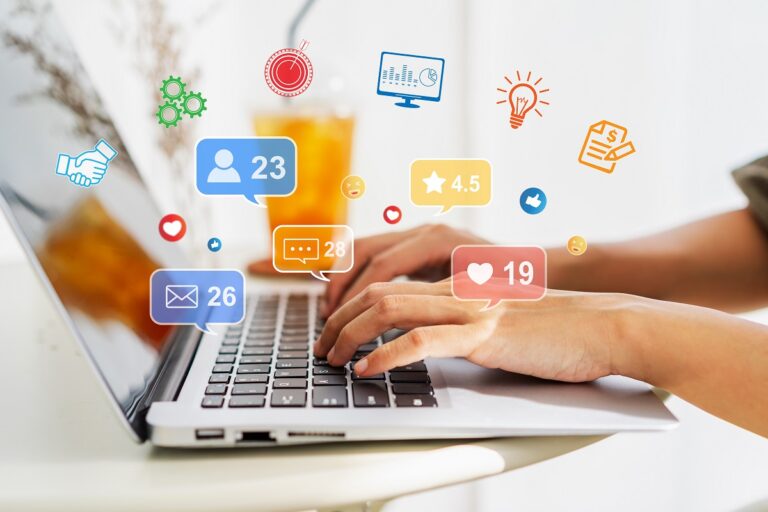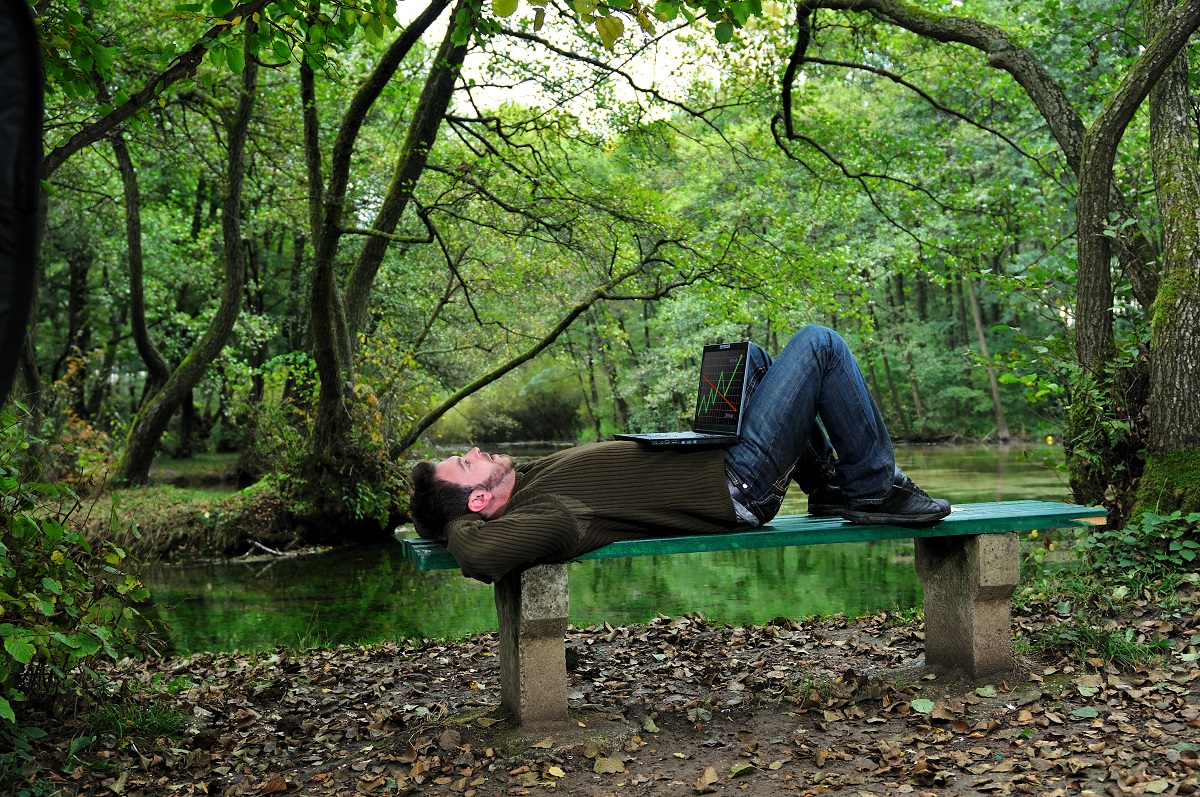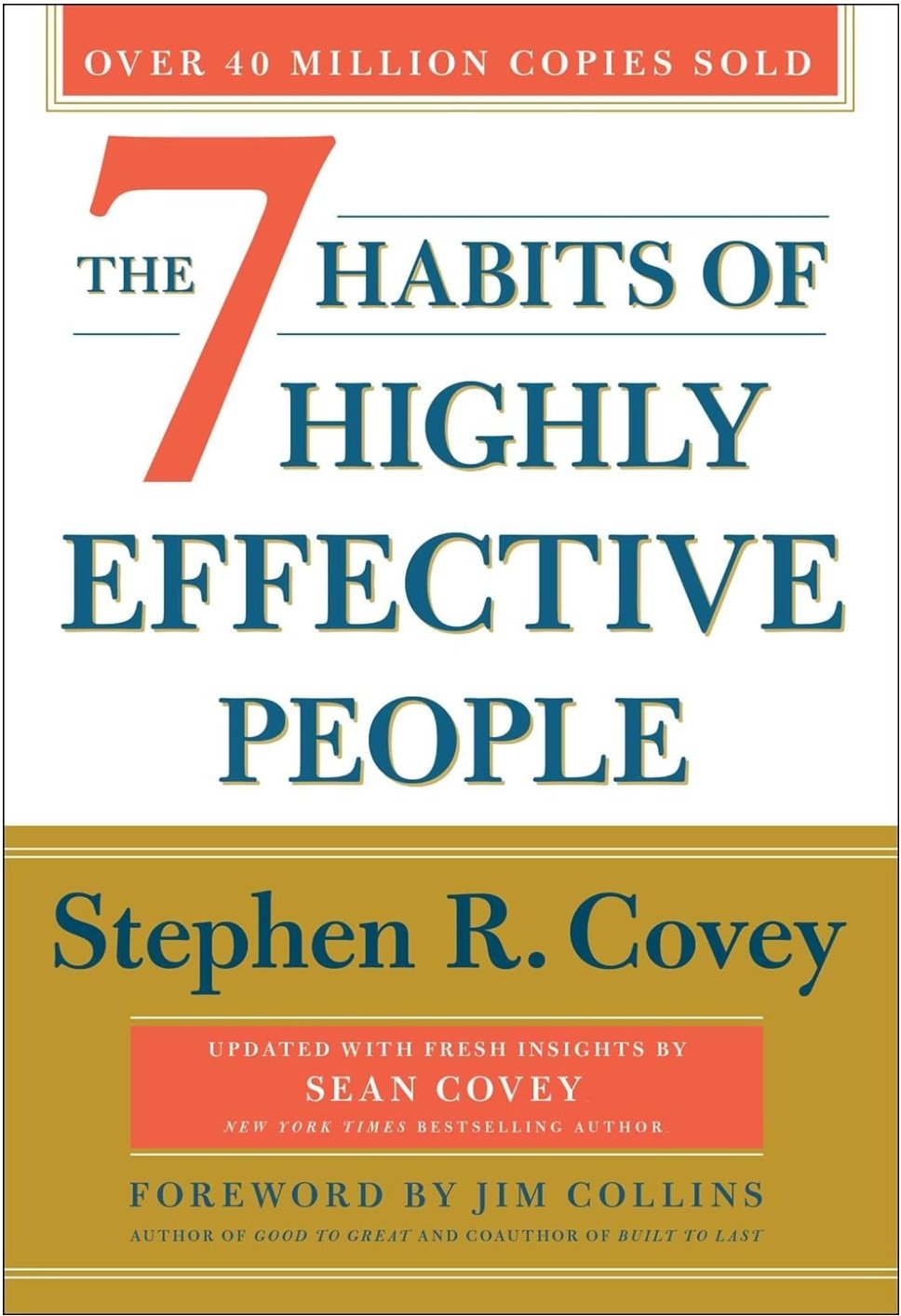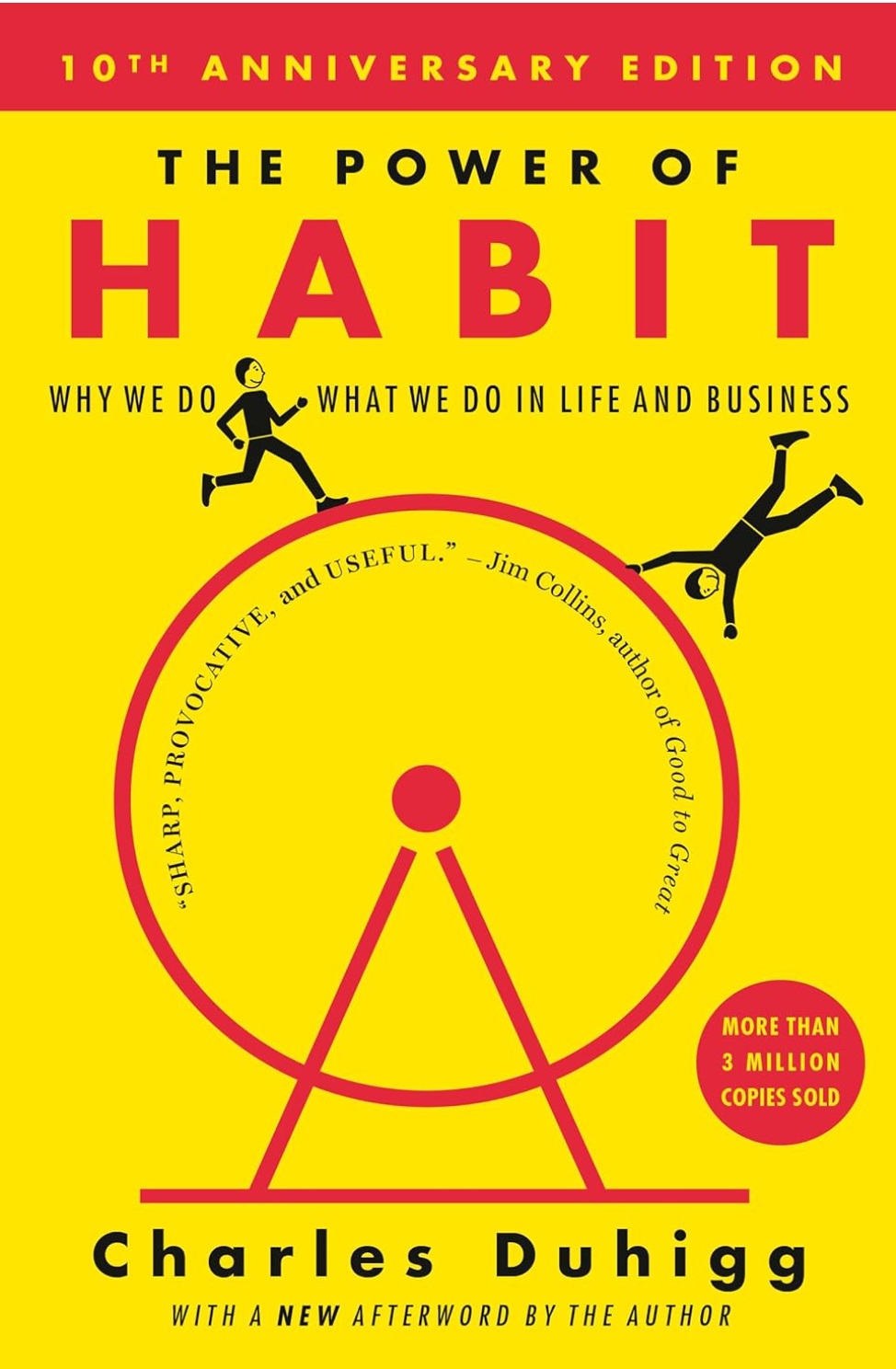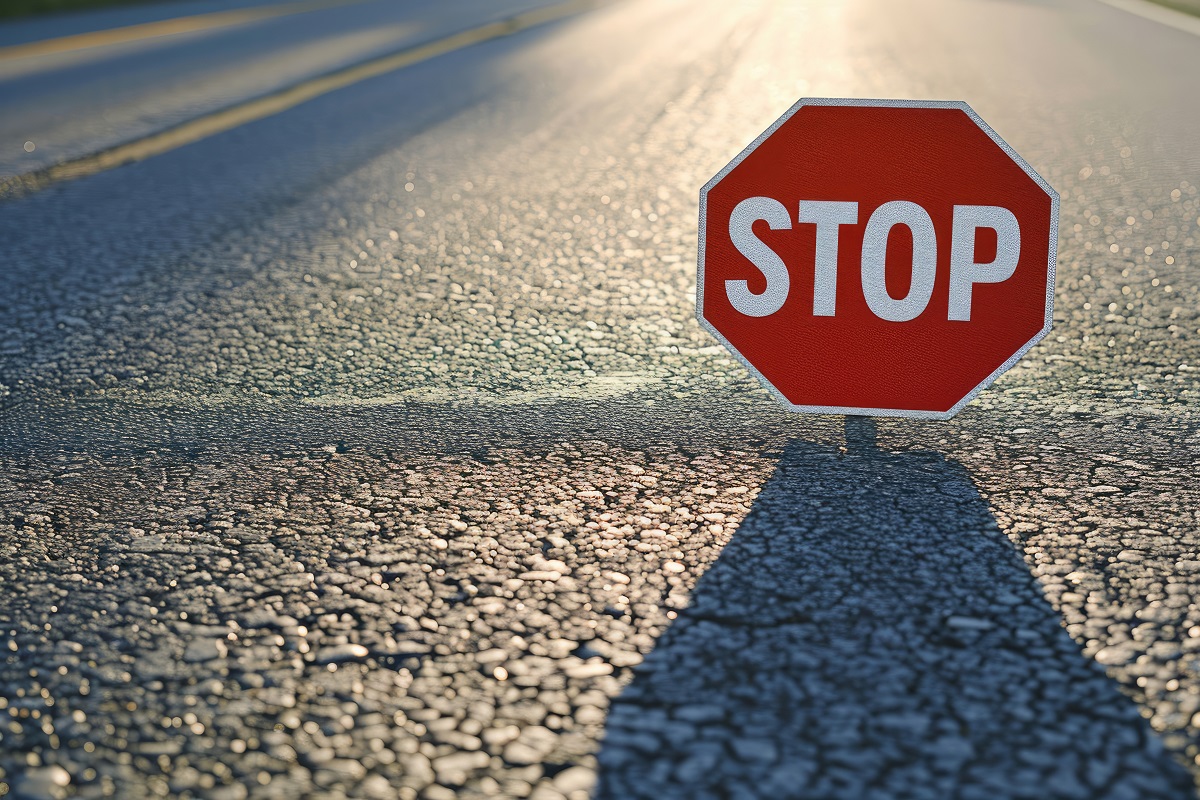- KEY POINTS
- Understand Digital Mindfulness: Learn to balance tech usage with mindfulness techniques.
- Create Healthy Habits: Set boundaries and prioritize meaningful online interactions.
- Reduce Digital Overload: Identify and minimize distractions to enhance focus and productivity.
Do you ever feel like technology has taken over your life? I know I’ve been there. Between constant notifications, endless scrolling, and the nagging feeling of always being “on,” it’s easy to feel overwhelmed. Technology is supposed to make life simpler, but sometimes it adds to the chaos.
Digital mindfulness is the solution. It’s not about abandoning technology; it’s about using it with intention. It’s about creating boundaries, finding focus, and cultivating habits that make life better—not busier.
When I started practicing digital mindfulness, I noticed a massive change. My stress levels dropped. My productivity soared. And most importantly, I felt present in my daily life. In this guide, I’ll share practical steps to help you regain control, declutter your digital world, and cultivate healthier online habits.
Table of Contents
ToggleReduce Screen Time and Digital Distractions
Recognize the Impact of Screen Time
It’s no secret that we spend a lot of time in front of screens. Whether it’s for work, entertainment, or mindless scrolling, those hours add up. For me, it wasn’t until I tracked my screen time that I realized how much of my day was slipping away. It was a wake-up call.
The first step to managing screen time is awareness. Use your phone’s built-in tools or a tracking app to see where your time goes. Once you know, you can make informed changes. For more actionable strategies, visit 17 Tips to Limit Screen Time.
Eliminate Distractions
Distractions are everywhere. Notifications, endless tabs, and the temptation to check your email “just one more time” can easily derail your focus. I found that turning off unnecessary notifications and setting dedicated times for work and breaks made a huge difference in my productivity.
If distractions are a problem for you, Simple Habits to Reduce Digital Distractions offers great tips. Start small—turn off notifications for non-essential apps or create a distraction-free workspace.
Reflective Question: How do distractions affect your ability to focus, and what small changes could you make to create more clarity in your digital life?
Declutter Your Digital Spaces
Start with Your Devices
Have you ever opened your phone or laptop and felt overwhelmed by the clutter? That was me—until I realized how much mental space my messy digital world was taking up. Cleaning up your devices isn’t just about aesthetics; it’s about creating an environment that supports your goals.
Begin with your desktop or phone. Delete unused files, apps, and programs. Organize what’s left into folders. For step-by-step guidance, visit Declutter Your Digital Life for More Clarity. Trust me, a clean digital space feels like a fresh start.
Curate Your Social Media Feeds
Social media can be both inspiring and overwhelming. I took time to unfollow accounts that didn’t add value to my life and started following ones that align with my goals. Now, my feed feels like a place of inspiration instead of stress.
If you’re unsure where to start, check out Mindful Social Media Use for Better Well-Being. A little curation goes a long way in transforming your experience online.
Tidy Your Inbox
Email overload is real. I used to feel anxious every time I opened my inbox, but then I took control. I unsubscribed from newsletters I never read, organized my inbox into folders, and set aside specific times to check emails. Now, my inbox feels manageable instead of overwhelming.
Reflective Question: What’s one area of your digital life, your desktop, social media, or email, that could use a little decluttering today?
Establish Healthy Digital Boundaries
Define Your Purpose for Technology Use
Before diving into digital boundaries, it’s important to ask yourself: why do you use technology? For me, I realized that my goals included staying connected, being productive, and learning new things. But much of my time was spent mindlessly scrolling or reacting to notifications that didn’t serve those purposes.
When you identify your “why,” it’s easier to create boundaries that align with your goals. For practical steps on aligning your technology use with your values, revisit Curate Your Online Presence in 5 Easy Steps.
Create Screen-Free Zones
One of the best changes I made was designating certain areas in my home as screen-free zones. For example, I no longer bring my phone to the dinner table or into the bedroom. These small boundaries have helped me connect with loved ones and improve my sleep.
For more ideas on creating a screen-free environment, check out Create a Balanced Screen-Free Evening Routine. Even starting with one room or activity can make a big difference.
Set Time Limits for Digital Use
Time limits can be a game-changer. I started setting timers when I used social media or checked emails to avoid getting sucked into endless loops. Apps and built-in phone settings make it easy to track your usage and set limits.
If this resonates with you, How to Stop Mindless Scrolling at Night offers additional tips to avoid getting lost in digital distractions.
Reflective Question: What’s one boundary you could set today to create more balance in your relationship with technology?
Practice Intentional Digital Use
Adopt a Digital Detox Routine
Sometimes, stepping away entirely is the reset we need. I began practicing daily digital detoxes—taking 30 minutes to disconnect from screens and focus on offline activities like journaling or going for a walk. These short breaks have been transformative.
If you’re curious about incorporating detoxes into your day, explore 30-Minute Daily Digital Detox Routine for simple, actionable steps to get started.
Schedule Regular Offline Time
Beyond daily breaks, I’ve found that setting aside full tech-free days can be incredibly refreshing. Whether it’s spending a Sunday unplugged or dedicating an evening to a favorite hobby, these intentional breaks remind me of what’s truly important.
Replace Screen Time with Meaningful Activities
Part of digital mindfulness is rediscovering what brings you joy outside of screens. For me, that includes reading, cooking, and spending time outdoors. These activities help me recharge and feel more present in my life.
For ideas on balancing screen time with meaningful offline moments, revisit Digital Minimalism Tips for a Calmer Mind.
Reflective Question: What’s one offline activity you could replace screen time with to bring more joy and connection into your life?
Cultivate a Mindful Digital Mindset
Practice Gratitude for Technology
It’s easy to focus on the negatives of technology, but practicing gratitude can shift your mindset. I started reflecting on the ways technology enhances my life, like helping me stay connected with faraway friends or learn new skills. This gratitude helped me use technology more intentionally.
Engage with Technology, Don’t Consume It
Instead of passively consuming content, I now engage with intention. This means leaving thoughtful comments, connecting with people who inspire me, or using apps to create rather than consume. It’s a small shift, but it’s made my online experiences much more meaningful.
Reassess Your Habits Regularly
Digital mindfulness is an ongoing journey. Every month, I reassess my habits to see what’s working and what needs adjusting. This keeps me aligned with my goals and prevents old habits from creeping back in.
For guidance on reflection and goal-setting, visit The Comprehensive Guide to Mastering Digital Mindfulness. Regular check-ins can keep you on track.
Reflective Question: How can you make your digital habits more intentional and aligned with your values?
Reap the Benefits of Digital Mindfulness
Improved Focus and Productivity
One of the first changes I noticed when practicing digital mindfulness was how much better I could focus. Without constant notifications and distractions, I could dive into tasks and finish them faster. My work felt more purposeful, and I had more energy at the end of the day.
If focus and productivity are areas you’d like to improve, revisit Simple Habits to Reduce Digital Distractions for simple, actionable strategies to create more clarity in your day.
Strengthened Relationships
When I reduced my screen time, something beautiful happened—I became more present with the people around me. Whether it was having uninterrupted conversations or spending tech-free evenings with my family, these moments felt richer and more meaningful. Technology no longer came between me and my relationships.
For ideas on creating stronger connections, explore Create a Balanced Screen-Free Evening Routine. Building tech-free rituals with loved ones can bring you closer together.
Better Emotional Well-Being
Constant exposure to social media and news can leave us feeling overwhelmed and anxious. Practicing digital mindfulness helped me feel calmer and more grounded. By curating my digital spaces and limiting screen time, I reduced stress and found greater peace of mind.
For strategies to support your emotional well-being, visit Mindful Social Media Use for Better Well-Being. Small changes to your online habits can have a big impact on your mental health.
Make Digital Mindfulness a Lifelong Habit
Stay Flexible
Digital mindfulness isn’t about perfection. It’s about progress. There will be days when you fall back into old habits, and that’s okay. I’ve learned to be kind to myself and focus on starting fresh the next day. Flexibility and self-compassion are key to long-term success.
Set Monthly Goals
Each month, I set a small digital mindfulness goal. One month, I focused on decluttering my email inbox; another month, I worked on reducing my social media use. These manageable goals kept me motivated and prevented overwhelm.
If you’re unsure where to start, revisit How to Stop Mindless Scrolling at Night for practical steps to reclaim your evenings. Focus on one habit at a time, and build from there.
Celebrate Your Progress
Don’t forget to celebrate your wins! Whether it’s a week of successful digital detoxes or creating a more peaceful bedtime routine, take time to acknowledge your efforts. These small victories add up and fuel your motivation to keep going.
For ongoing inspiration and motivation, check out 30-Minute Daily Digital Detox Routine. Even the smallest steps forward are worth celebrating.
Conclusion
Mastering digital mindfulness isn’t about cutting out technology—it’s about using it intentionally. By reducing distractions, decluttering your digital spaces, and setting healthy boundaries, you can create a life filled with focus, balance, and meaning.
Start small. Choose one area of your digital life to simplify or one habit to adjust. Maybe it’s turning off notifications, practicing a 30-minute detox, or curating your social media feed. For inspiration, revisit Digital Minimalism Tips for a Calmer Mind or explore The Comprehensive Guide to Mastering Digital Mindfulness.
Every intentional choice you make brings you closer to the life you want—a life where technology enhances, rather than overwhelms. You’ve got this—start your digital mindfulness journey today and discover the freedom of a clearer, calmer mind!
References
Blog Post References
- 17 Tips to Limit Screen Time
- Simple Habits to Reduce Digital Distractions
- Curate Your Online Presence in 5 Easy Steps
- 30-Minute Daily Digital Detox Routine
- Declutter Your Digital Life for More Clarity
- Create a Balanced Screen-Free Evening Routine
- Mindful Social Media Use for Better Well-Being
- How to Stop Mindless Scrolling at Night
- Digital Minimalism Tips for a Calmer Mind
External References
- The Benefits of Digital Decluttering
- How to Create a Screen-Free Evening Routine
- Managing Social Media Anxiety
- The Impact of Technology on Mental Health
- Reducing Digital Distractions at Work
- How Blue Light Affects Sleep and Productivity
- Mindful Technology Use Tips
- Setting Healthy Boundaries with Technology

